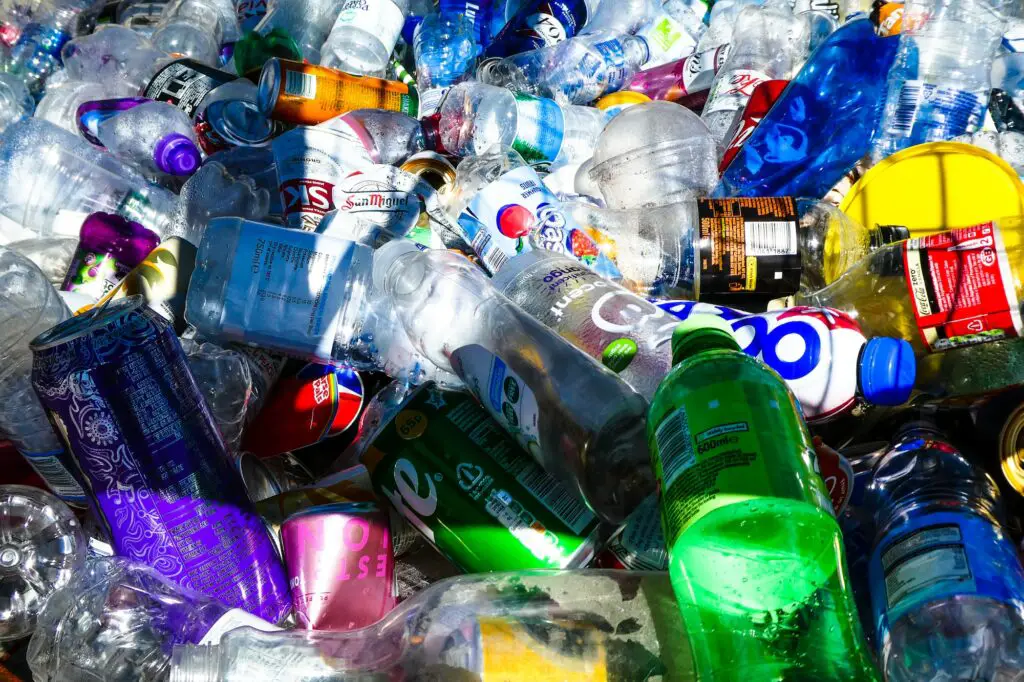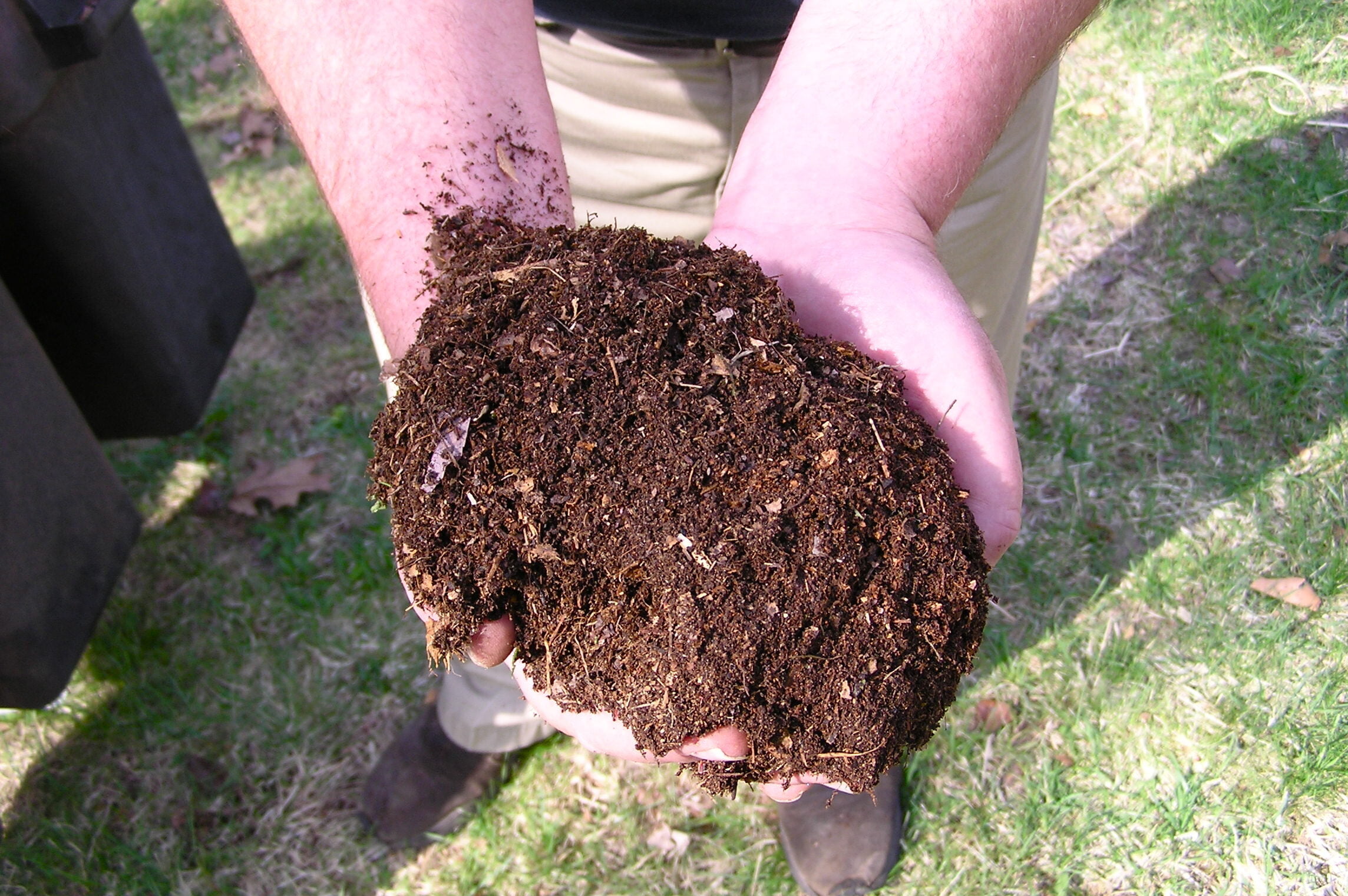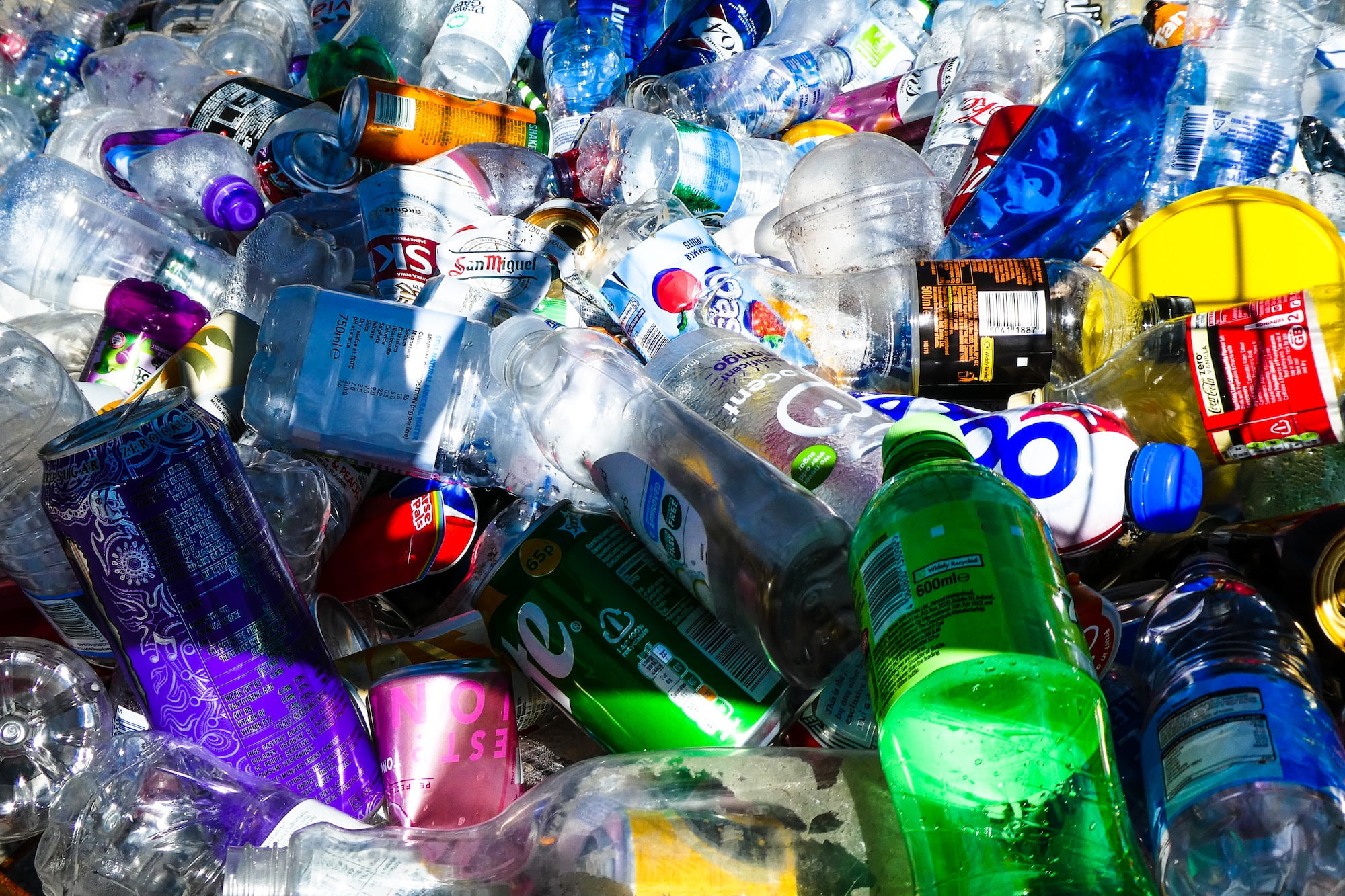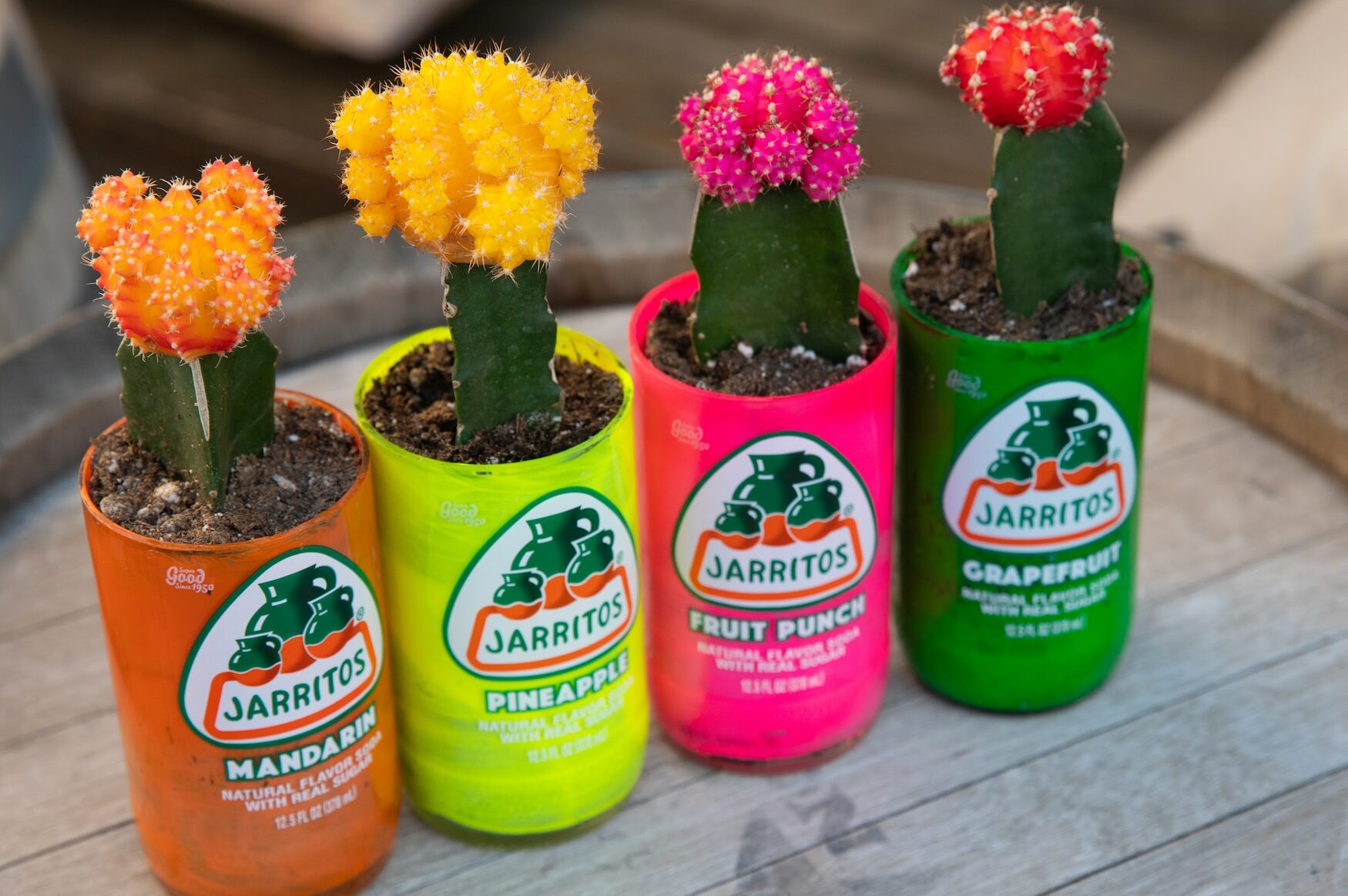Recycling is essential to sustainable living, helping to conserve resources, reduce waste, and minimize our environmental impact. However, it can sometimes be confusing to determine which materials can be recycled and which cannot. This guide will cover recycling basics, including what can and cannot be recycled, the recycling process, and tips to recycle effectively.

Recycling Basics
Recycling is collecting, sorting, processing, and converting waste materials into new, usable products. The recycling process typically involves the following steps:
- Collection: Waste materials are collected from homes, businesses, and recycling centers.
- Sorting: Collected materials are sorted by type, usually at a materials recovery facility (MRF).
- Processing: Sorted materials are cleaned, crushed, shredded, and then transformed into raw materials.
- Manufacturing: Raw materials are used to create new products, which are then sold and distributed to consumers.
What Can Be Recycled
The materials that can be recycled vary depending on your local recycling program, but the following materials are commonly accepted for recycling:
- Paper: Most paper can be recycled, including office paper, newspapers, magazines, cardboard, and paperboard. However, paper products contaminated with food, grease, or other substances may not be accepted.
- Glass: Glass bottles and jars can typically be recycled. Clear, green, and brown glass are the most commonly accepted types. It’s important to rinse glass containers before recycling them and to remove any lids or caps.
- Aluminum and Metal: Aluminum cans, steel cans, and other metal containers can be recycled. Be sure to rinse out cans and remove any food residue before recycling.
- Plastic: Many types of plastic can be recycled, but the specific types accepted vary by location. A number inside a triangular recycling symbol typically identifies plastics. Commonly recycled plastics include PET (No. 1), HDPE (No. 2), and PP (No. 5). Always check your local recycling guidelines for accepted plastic types.
What Cannot Be Recycled
Not all materials can be recycled, and some can even contaminate an entire batch of recyclables, causing it to be rejected. The following items are generally not accepted for recycling:
- Plastic Bags and Film: Plastic bags and film are often not accepted in curbside recycling programs due to their tendency to get tangled in recycling machinery. Instead, many grocery stores have dedicated bins for recycling plastic bags and film.
- Styrofoam: Styrofoam, or expanded polystyrene, is typically not accepted in curbside recycling programs. Some specialized recycling centers may accept it, but it’s best to check with your local program.
- Food and Yard Waste: Food and yard waste, such as fruit and vegetable scraps or grass clippings, are not accepted in standard recycling programs. These materials can be composted instead to create nutrient-rich soil for your garden.
- Hazardous Waste: Hazardous waste, such as batteries, paint, chemicals, and fluorescent light bulbs, cannot be recycled through standard programs. Special collection events or facilities are often available to safely dispose of these items.
- Contaminated Materials: Recyclables contaminated with food, grease, or other substances can be rejected. Always clean and dry recyclables before placing them in your recycling bin.

Tips for Effective Recycling
To ensure your recyclables are properly processed, follow these tips:
- Know your local recycling guidelines. Check your local recycling program’s website or contact them directly to determine which materials are accepted and any specific preparation requirements.
- Clean and dry recyclables. Rinse out containers, remove any food residue, and let them dry before placing them in your recycling bin. This helps prevent contamination and ensures the materials can be properly recycled.
- Don’t “wish-cycle.” Don’t place items in your recycling bin just because you hope they can be recycled. If unsure about an item, check your local recycling guidelines or ask your recycling program directly.
- Break down boxes. Flatten cardboard boxes and remove any packaging materials, such as styrofoam or plastic wrap, before recycling.
- Keep it loose. Avoid bagging your recyclables, which can cause issues at the recycling facility. Place recyclables directly into your bin or use a designated recycling container.
- Educate yourself and others. Learn about recycling and share your knowledge with friends, family, and neighbors to help improve recycling rates and reduce contamination.
By understanding the basics of recycling and following your local recycling guidelines, you can significantly impact conserving resources, reducing waste, and protecting the environment. It’s essential to stay informed and consciously recycle responsibly, ensuring that your efforts contribute positively to a more sustainable future.




